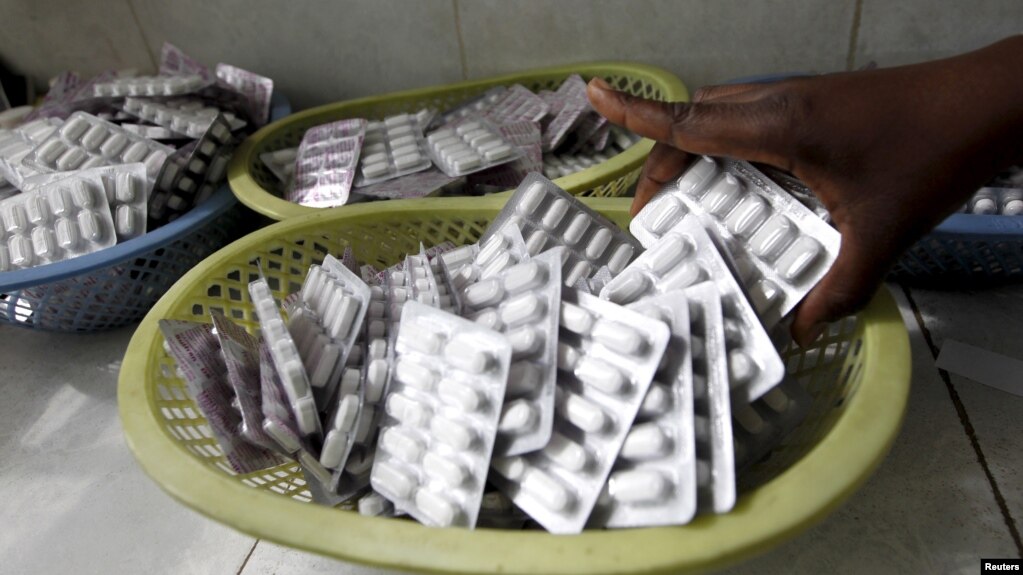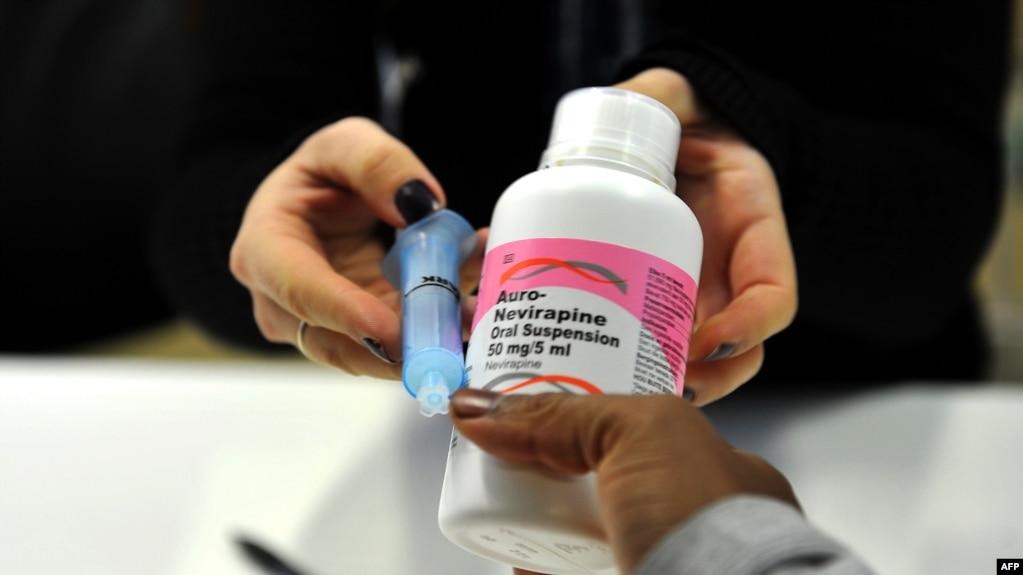JBeukema
Rookie
- Banned
- #1
Credit to Aaronra, I learned about this from [ame="http://www.youtube.com/watch?v=TU-7d06HJSs&feature=PlayList&p=258CAE2F4546AA95&index=7&playnext=2&playnext_from=PL"]this video[/ame]
Apparently, inheriting this mutation from both parents makes one highly resistant to HIV!
Apparently, inheriting this mutation from both parents makes one highly resistant to HIV!



